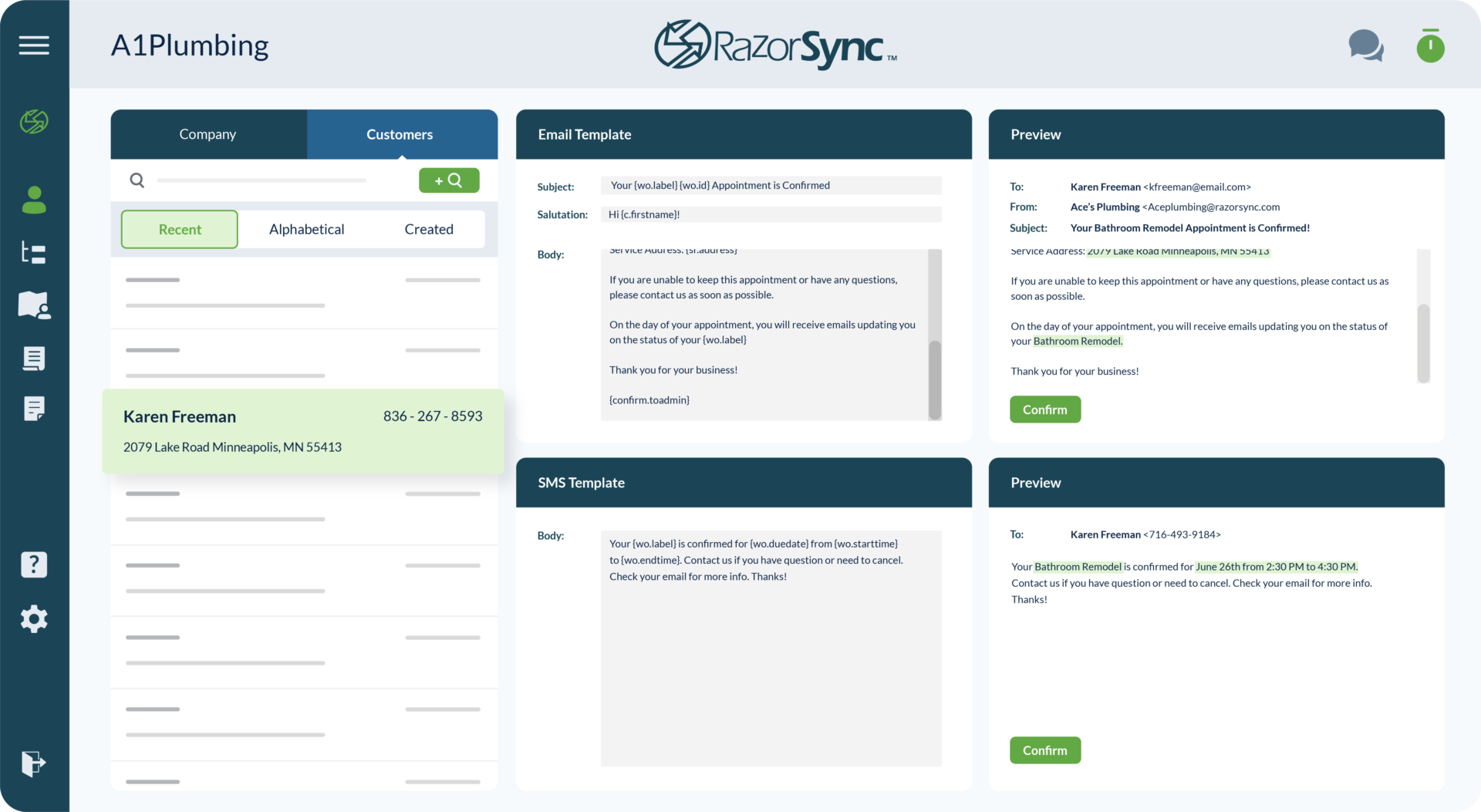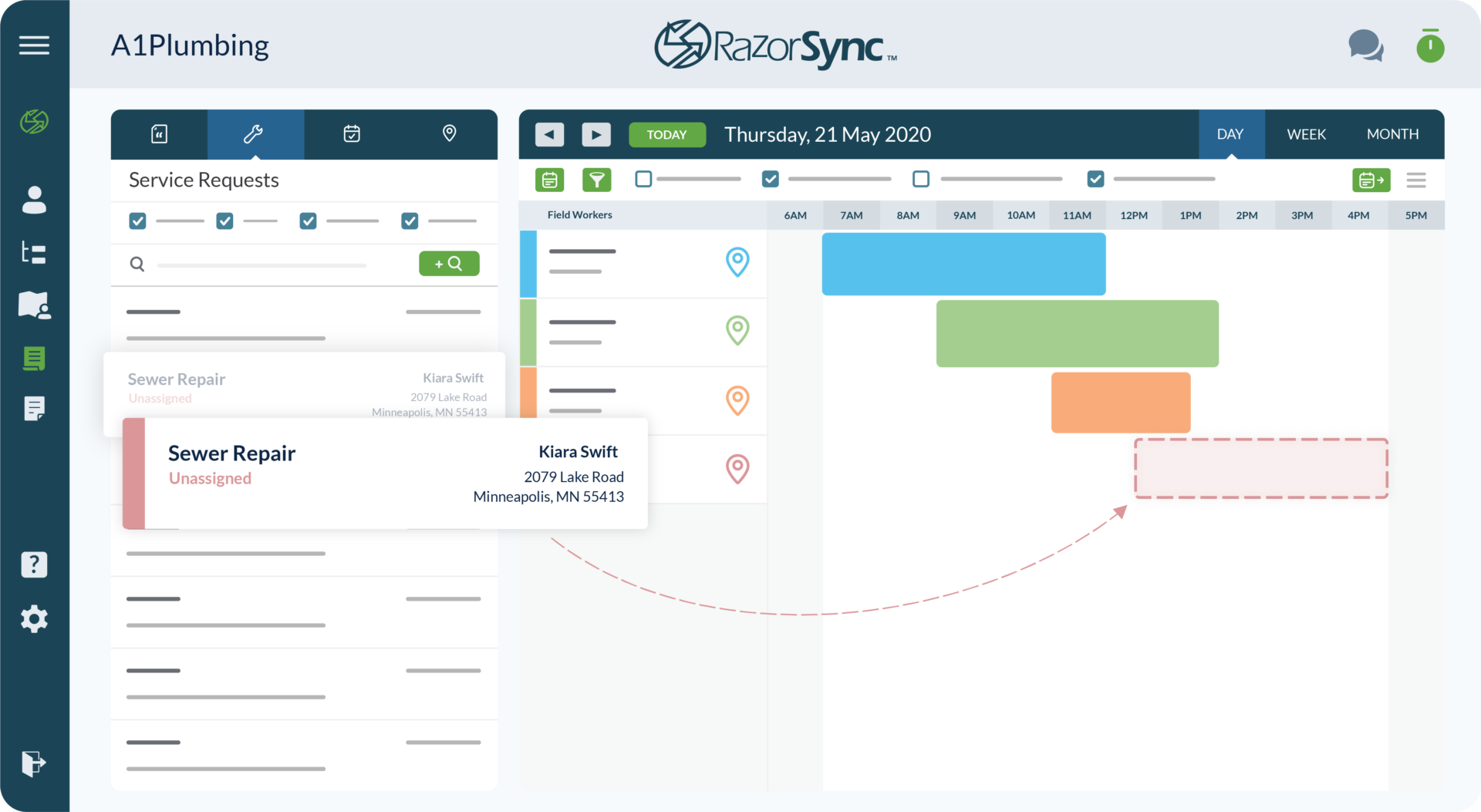How to Get Ahead of Pest Problems with Preventative Pest Control
There’s no doubt that home is where the heart is. Unfortunately, pests have a habit of worming their way into your clients’ houses when they...
Oct 11, 2022
# of Minutes to Read

There’s no doubt that home is where the heart is. Unfortunately, pests have a habit of worming their way into your clients’ houses when they least expect it. If left alone, they cause serious damage and break their hearts in the process.
Get ahead of your pest problem with a list of the most common pests and preventative pest control tips to help protect your clients’ homes all year round.

Tips for Termites
We appreciate termites for the role they play in the ecosystem, but they’re not typically welcome in your client’s homes. Utilizing preventative pest control measures against termites could save your client thousands of dollars.
Termites are one of the most common pests during the spring and summer. They also structurally damage more than half a million homes in the U.S. each year. Here are some signs a swarm has invited itself into your client’s house:
- Wood damage in the walls, floors, and doors – The wood in your client’s home is essentially an all-you-can-eat buffet to termites. Make sure the homeowner is on the lookout for peeling paint or wallpaper, creaky floorboards, and small holes where the termites enter through the walls.
- Swarmer sightings – Catching sight of flying termites or “swarmers” means that there is most definitely an infestation happening. While they don’t tend to do damage by themselves, these agents tend to leave their nearby residence to start their own colony. Isn’t one termite swarm bad enough?
- Wings and droppings – Termites stay undercover for a long time, but signs of life are inevitable for every creature. Shedded swarmer wings are seen more than swarmers themselves and termite droppings, called frass, are similar to sawdust or sand.
Preventative pest control measures for termites
- Make sure the wood of your client’s house doesn’t touch the ground and replace it with a concrete base instead.
- Reduce the humidity and moisture in the rooms and basement with humidifiers and clean vents.
- Address leaks and condensation by consistently maintaining the gutters, pipes, and aircon units.
Methods for Mosquitos
Let’s be real: nobody likes mosquitos. Their purpose is to serve as prey, and the rest of the time they fly around spreading disease and ruining pool parties.
Mosquitos are pretty much unavoidable in the summer months, but infestations happen and can be avoided. You might want to offer some preventative pest control measures to your client if they start to notice these signs:
- Their property contains a lot of standing water – Standing water, or stagnant water, is the ideal hatching ground for mosquito eggs. A mom mosquito only needs about an inch of standing water to lay her eggs.
- Increased appearance of bites/itching at night – Sometimes your client doesn’t notice they’ve been bitten until nighttime and they’re covered head-to-toe in little bumps! That’s because mosquitos are mostly nocturnal predators, and prey on any humans within reach.
- Your client can hear a persistent buzzing sound – The high-pitched whine of a mosquito is pretty easy to hear, and you can normally see it flying around. However, if your client hears this buzzing constantly, their property might be a mosquito breeding hub.
Preventative pest control measures for mosquitos
- Remove any sources of standing water from your client’s property.
- Install or repair damaged window and door screens to prevent mosquitos from coming into the house.
- Use insect repellant sprays and devices inside and outside of the house to keep the mosquitos away.
Resist Rats and Other Rodents
Going into the colder months, the most important pest to look out for in your clients’ houses is rodents. They’re pretty stealthy, not typically roaming around during the day, and infest nearly 21 million homes every year during winter.
Not only do rodents have the potential to spread diseases but they also breed at a horribly fast rate, making a rodent infestation similar to a time bomb. Your preventative pest control tactics will need to be put into place quickly when your client notices these tell-“tail” signs:
- Hearing noises in the walls – Part of what makes a rodent infestation so dangerous is their tendency to live inside the walls. It’s difficult to smoke them out when you hear them scratching and running around, and this allows them safe dark places to nest.
- Chewed wires and gnaw marks – Mice and rats chew through any type of material looking for food, and it’s easy to tell when your client’s pipes and wires have been gnawed on. Chewing on electrical wires can not only lead to failing appliances but can also cause house fires in worst-case scenarios.
- Finding droppings – Rodent droppings are another dangerous sign that your client’s house is infested. Rat and mouse droppings can transmit terrible diseases, so be sure to instruct your client on how to properly clean any droppings they find.
Preventative pest control measures for rodents
- Patch up any holes in the interior and exterior walls of your client’s house to keep mice from getting in.
- Install rodent traps in places where rodents might enter and exit the walls of the home.
- Thoroughly clean up any waste left behind so the smell doesn’t attract more rats.
Key Takeaways
Pests can seem unstoppable, with all different kinds fighting for entry into your clients’ houses every season. These preventative pest control tips and tricks will help your extermination team provide the best defense possible so your customers feel secure in their homes all year round.
RazorSync’s field service software will help you manage your team and inventory to ensure that you’re able to provide modernized, high-quality pest control services efficiently. Contact RazorSync for details, or try it free for 14 days.











